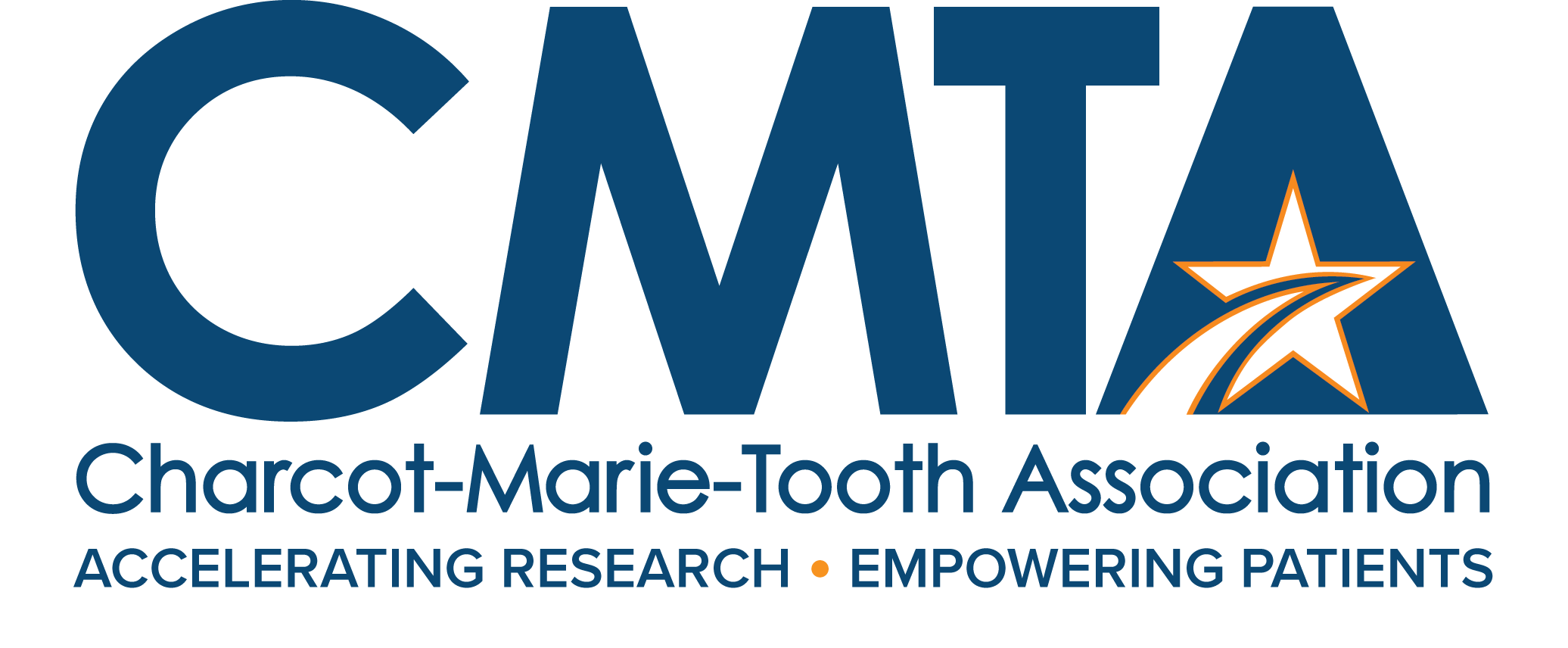-
-
Where can I find out more about exercise and physical therapy for CMT?
The CMTA has an online series of articles and videos on exercise and CMT: https://www.cmtausa.org/living-with-cmt/managing-cmt/exercise/ Here are some of the most popular articles and videos:- Physical Therapy and Exercise: Getting the Right Dose by Amy Warfield, PT, DPT
- Let’s Move! by Sabrina Paganoni, MD, PhD
- Exercise and Physical Therapy for Inherited Neuropathies
- The CMT Exercise Video Series
- The Pilates Video Series
- Balance Walking for CMT
-
-
-
What exercises can I do with CMT?
Exercise is a very unique and personal experience. We recommend that you see a physical therapist for a personalized physical therapy program right for you. Our CMT physicians often recommend low-impact activities like swimming, yoga, biking, etc. The CMTA has an online series of articles and videos on exercise and CMT: https://www.cmtausa.org/living-with-cmt/managing-cmt/exercise/
-
-
-
Will a TENS (Transcutaneous Electrical Nerve Stimulation) machine help my CMT? How strong a current should I use?
Your question is tough to answer without knowing your specific situation and being able to evaluate you in person. I question what your goals are in using the unit? TENS units can be used for pain management. NMES (neuromuscular e-stim) units are similar, but work on activating muscles in certain patient populations. Depending upon the type of CMT you have and its severity, your nerves may or may not be able to carry the appropriate sensory messages for your spinal cord and brain to interpret. In a person with normal sensation, the TENS unit starts at a sensory level and as it is turned up, the user passes to a motor threshold and starts to activate the muscles under the electrodes. When the toe and foot bend, the user has passed into the motor level. Depending on one’s ability to perceive the stimulation, this may be very uncomfortable or even unsafe. I would also be concerned about skin integrity. Be sure to check for redness under the electrodes after each session. I hope this gives you a better understanding of the way a TENS unit works and the impact that it has on an individual with CMT. If you received your TENS unit from a physical therapist, he or she should be able to evaluate you and provide recommendations on how to use it for your particular situation.
-
-
-
Do you have recommendations for exercises to help maintain my muscles that are still functioning?
In many cases, low-impact exercise such as pool therapy, yoga and light stretching is recommended. Please ask your doctor what exercise is right for you. Working with a physical therapist who knows CMT is also highly recommended.
-
-
-
I am athletic. Will over exertion worsen my CMT?
In most cases, the benefits of exercise far outweigh any risks of “over-work” weakness. Risks can be minimized by exercising at low to moderate level as advised by a physical therapist, not exercising to exhaustion and cutting back on the exercise if you experience excessive muscle soreness longer than 48 hours after exercise. Please consult with you physician before setting out on any exercise program.
-
-
-
Can the wearing of AFOs or leg braces contribute to additional atrophy of my calf and foot muscles?
Loss of balance while standing isn’t uncommon with CMT because of loss of proprioception in the joints of the lower extremities starting with the ankles. Wearing AFOs may provide some stability. Another possibility is just wearing elastic or neoprene anklets. The use of braces does contribute to additional atrophy in the calf and foot muscles. Muscular activity is required for protein synthesis and what you don’t use, you lose. There is always a “trade off” between atrophy and stability. The question is how vital is the need for stability and will the AFOs provide this? This can only be determined by an appropriate examination and clinical trial. In any event, you should have the orthoses evaluated. They may require refitting or modification. Use of a “Health Rider” wouldn’t be harmful. High-repetition, low-load exercise, as long as it’s not continued to the point of exhaustion, should help maintain muscle tone. Such exercise may also help with your weight problem. However, you should be following a well-balanced, but low-calorie diet because of your relatively sedentary state. A consultation with a dietician would be helpful.
-
-
-
Can massage therapy help someone with CMT? Are there contraindications to massage?
Massage is often appropriate for people with neuromuscular disease. Because of frequent muscle strength imbalances, with some muscles becoming shortened and some becoming overstretched, massage can assist in maintaining muscle tissue mobility and thus aid in decreasing pain.
-





